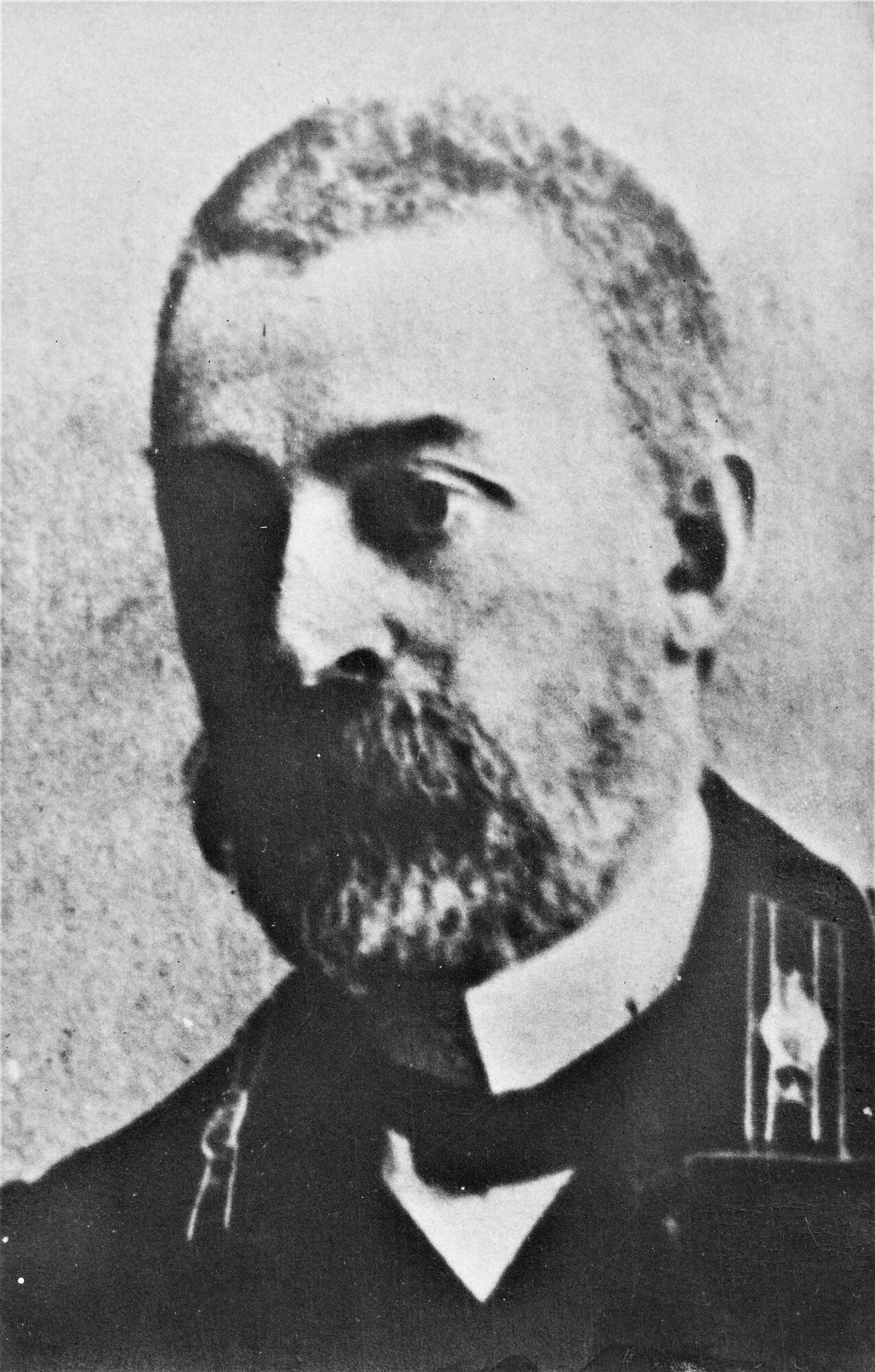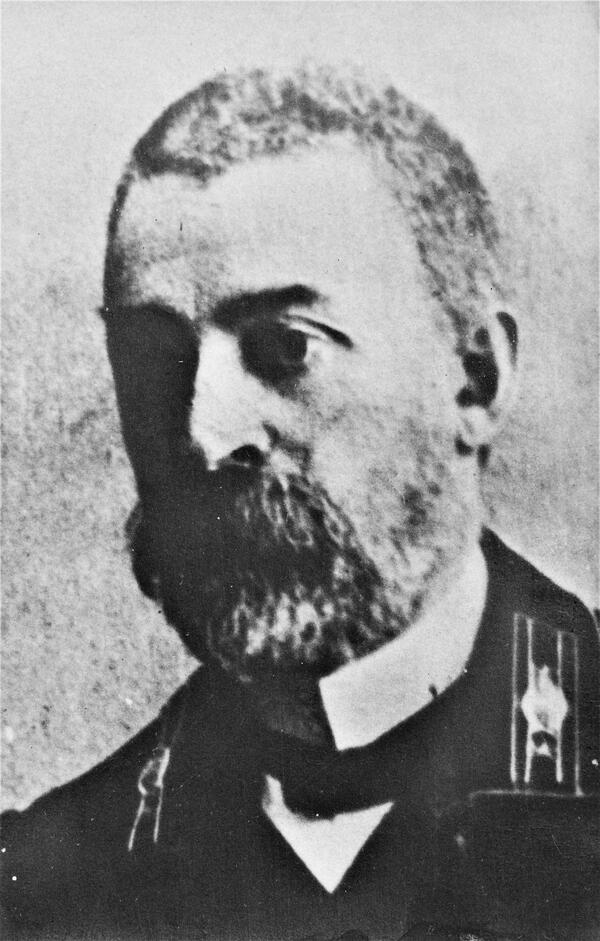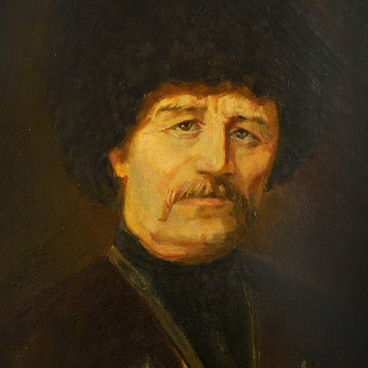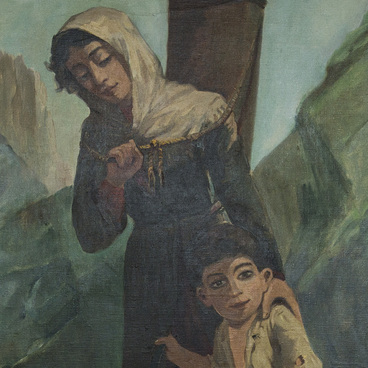According to legend, in 1837, Russian Emperor Nicholas I stopped at the ruins of a medieval city near Tatartup. He liked this place so much that he issued a decree for the foundation of a settlement on the banks of the Terek River. This is how the village of Elkhotovo appeared, of which one of the first inhabitants was Gubi Ardasenov and his sons Pshi, Galau, Alikhan and Zamurz.
Alikhan Ardasenov later became a prominent representative of the democratic wave of Ossetia’s pre-revolution intelligentsia. He graduated from the Forest Institute in Saint Petersburg, where he joined the political circle “Caucasian Youth”. Its members planned to open a library in Vladikavkaz and use it to spread populist ideas.
After returning to his homeland, Ardasenov led a Vladikavkaz group of intellectuals of various ethnicities. In 1874, he almost went to Svaneti to participate in a popular uprising, but then, together with Georgian revolutionary Mikhail Kipiani, made a desperate attempt to free the arrested Narodnik Alexander Tsitsianov, who was being transported from Tiflis to Saint Petersburg.
In the autumn of 1875, the leadership of the Russian Narodniks recalled Ardasenov to Moscow. He joined the Council of the Society of Propagandists and began revolutionary activity in the central governorates. For this, on April 17, 1876, Ardasenov was arrested and sent to Yakutia for 10 years. After this exile, he retired from revolutionary activity.
On January 28, 1897, deputies from the upper circles of Kurtatinsky society, including Ardasenov, submitted a petition to Viceroy of the Caucasus Grand Duke Mikhail Nikolaevich. They called on him to resolve the issue of “class rights and advantages of North Caucasus highlanders and upper-class Ossetians of Kurtatian society” as soon as possible. Ardasenov believed that the recognition of noble rights for the aldars (Ossetian aristocracy) would open the doors of educational institutions for them, which in turn could lead to a cultural revival in the Ossetian people For him, it was a matter of “ultimate national pride” to open the door to knowledge and education for the people.
Alikhan Ardasenov later became a prominent representative of the democratic wave of Ossetia’s pre-revolution intelligentsia. He graduated from the Forest Institute in Saint Petersburg, where he joined the political circle “Caucasian Youth”. Its members planned to open a library in Vladikavkaz and use it to spread populist ideas.
After returning to his homeland, Ardasenov led a Vladikavkaz group of intellectuals of various ethnicities. In 1874, he almost went to Svaneti to participate in a popular uprising, but then, together with Georgian revolutionary Mikhail Kipiani, made a desperate attempt to free the arrested Narodnik Alexander Tsitsianov, who was being transported from Tiflis to Saint Petersburg.
In the autumn of 1875, the leadership of the Russian Narodniks recalled Ardasenov to Moscow. He joined the Council of the Society of Propagandists and began revolutionary activity in the central governorates. For this, on April 17, 1876, Ardasenov was arrested and sent to Yakutia for 10 years. After this exile, he retired from revolutionary activity.
On January 28, 1897, deputies from the upper circles of Kurtatinsky society, including Ardasenov, submitted a petition to Viceroy of the Caucasus Grand Duke Mikhail Nikolaevich. They called on him to resolve the issue of “class rights and advantages of North Caucasus highlanders and upper-class Ossetians of Kurtatian society” as soon as possible. Ardasenov believed that the recognition of noble rights for the aldars (Ossetian aristocracy) would open the doors of educational institutions for them, which in turn could lead to a cultural revival in the Ossetian people For him, it was a matter of “ultimate national pride” to open the door to knowledge and education for the people.



